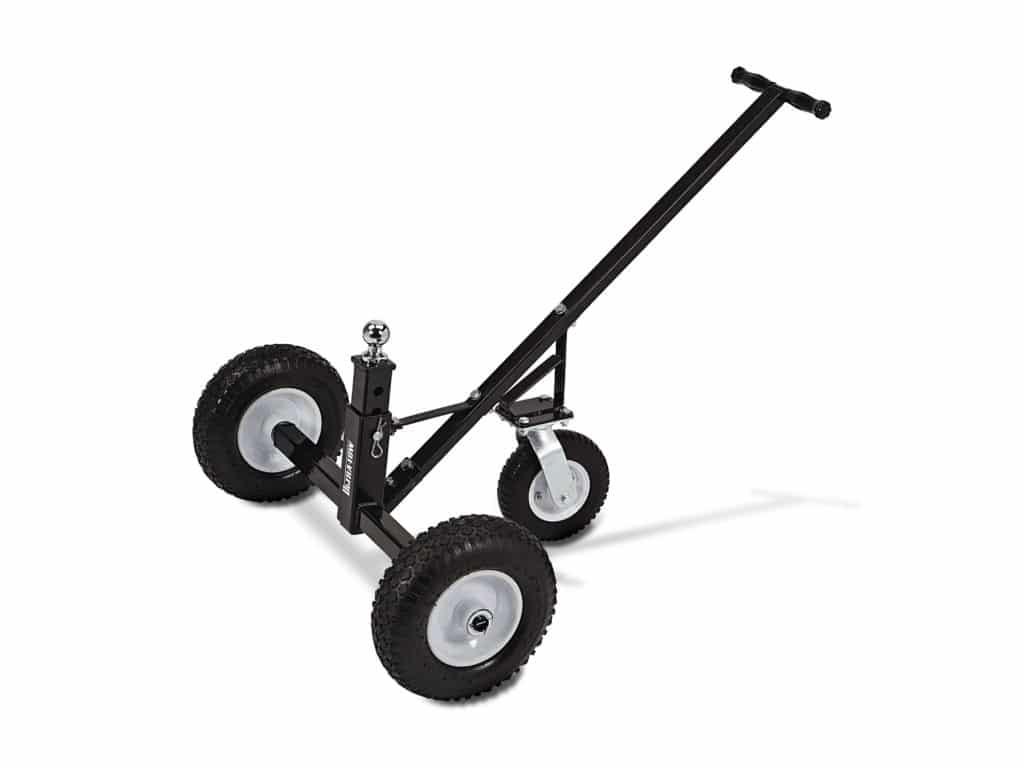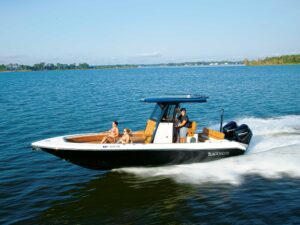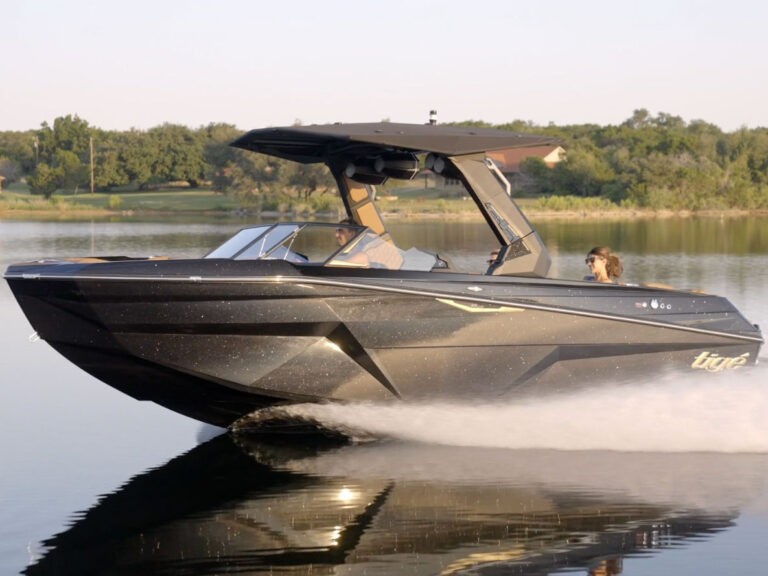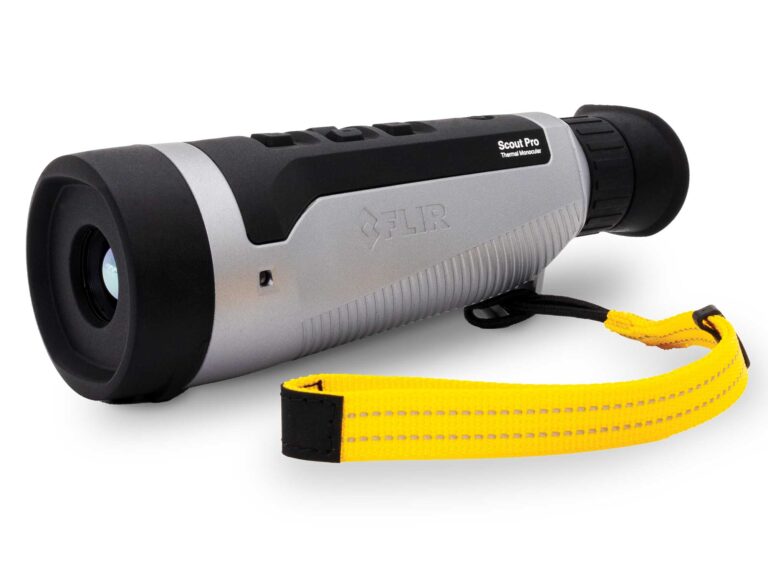
When trying to move a trailer boat—one that’s not attached to a tow vehicle—the difficulty factor ranges from easy to back-breaking, depending on the weight of the rig. Yet there are techniques and equipment, as well as pitfalls to keep in mind, that can help when jockeying trailer boats around the backyard, driveway, garage or RV pad.
Pave the Way
If you need to move an unhitched trailer boat, keep it on a paved surface such as asphalt, cement or pavers. These render movement exponentially easier than doing so on soft surfaces such as dirt, grass or gravel, where trailer- and tongue-jack wheels can easily bog down and sink, especially if there’s been rain or recent watering.
Decline an Incline
Don’t try to move a trailer boat on a steep incline by any means other than a well-matched tow vehicle. When trying to move an unhitched trailer upward, gravity multiplies the difficulty factor. On the opposite side, you don’t even want to think about the consequences of a trailer boat rolling down a steep incline if it gets away from you.
Muscle It
Many times, you can move an aluminum fishing boat or personal watercraft simply by pushing it around yourself. This is contingent on having a tongue jack with a small wheel to support the front of the trailer. Single-axle trailers are easier to muscle and maneuver than multiaxle trailers.
Jack Be Nimble
Positioning the wheels on the tongue jack as you uncouple the trailer from the hitch can facilitate movement afterward; it can be much harder to rotate the wheel once it’s bearing a load. If you need to push the front of the trailer boat to one side or the other, position the wheel perpendicular to the centerline as you lower the jack. If you need to roll the trailer farther back, position the wheel parallel to the centerline.
Read Next: For Comparison’s Sake: Trailer Jacks
Keep It Short
You can help prevent damage to the tongue jack by cranking it as low as possible before using its wheel to roll your trailer. If the telescoping portion of the jack is extended too much, lateral stress from moving the trailer can bend or break the tube or mounting bracket.
Hello Dolly
A manual dolly such as the Ultra-Tow heavy-duty adjustable dolly ($239.99, northerntool.com) supplants the tongue-jack wheel with a robust and stable tricycle arrangement of wheels to support the tongue and roll the trailer. On this dolly, a tow ball couples to the trailer hitch, and the T-handle lets you push, pull and steer the trailer into position. It’s rated for a load of up to 1,000 pounds.

Power Up
Sometimes you need more than muscle—you need a power dolly such as the Parkit360 Force 10K B3 ($1,700 to $2,150, parkit360.ca) with a 12-volt lithium battery, 6.5-inch-wide tires, and the capability of moving trailers weighing up to 10,000 pounds with 900 pounds of tongue weight. Check out our video at youtube.com/watch?v=X-yLAi3NN68. Another one is the RVR9 ($3,999, etrailer.com), one of four remote-control dollies from Trailer Valet. Looking like a Martian rover, the RVR9 is rated for 900 pounds of tongue weight and 9,000-pound trailers. Its trailer ball attaches to the trailer hitch, and the wireless remote lets you move, steer and stop the trailer boat from up to 40 feet away.









